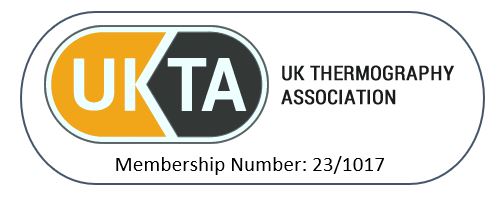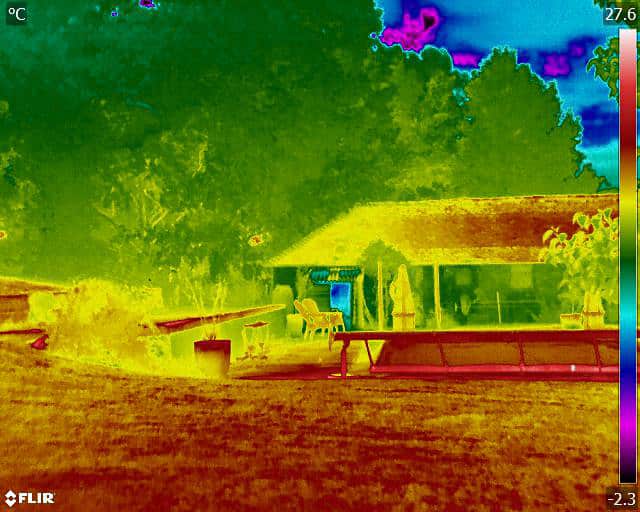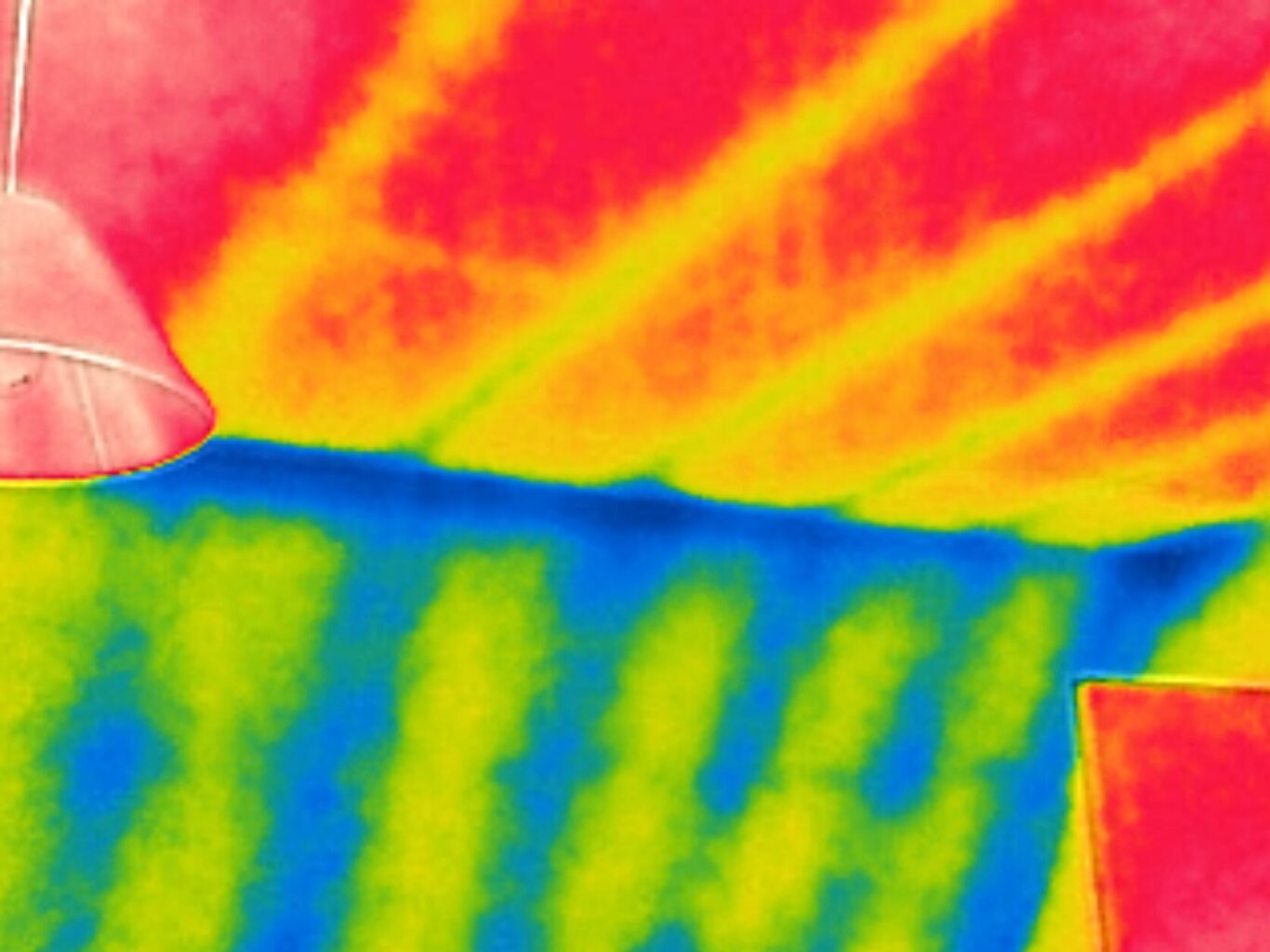
The Power of Building Thermography Surveys
Unlocking Energy Efficiency:
The Power of Building Thermography Surveys
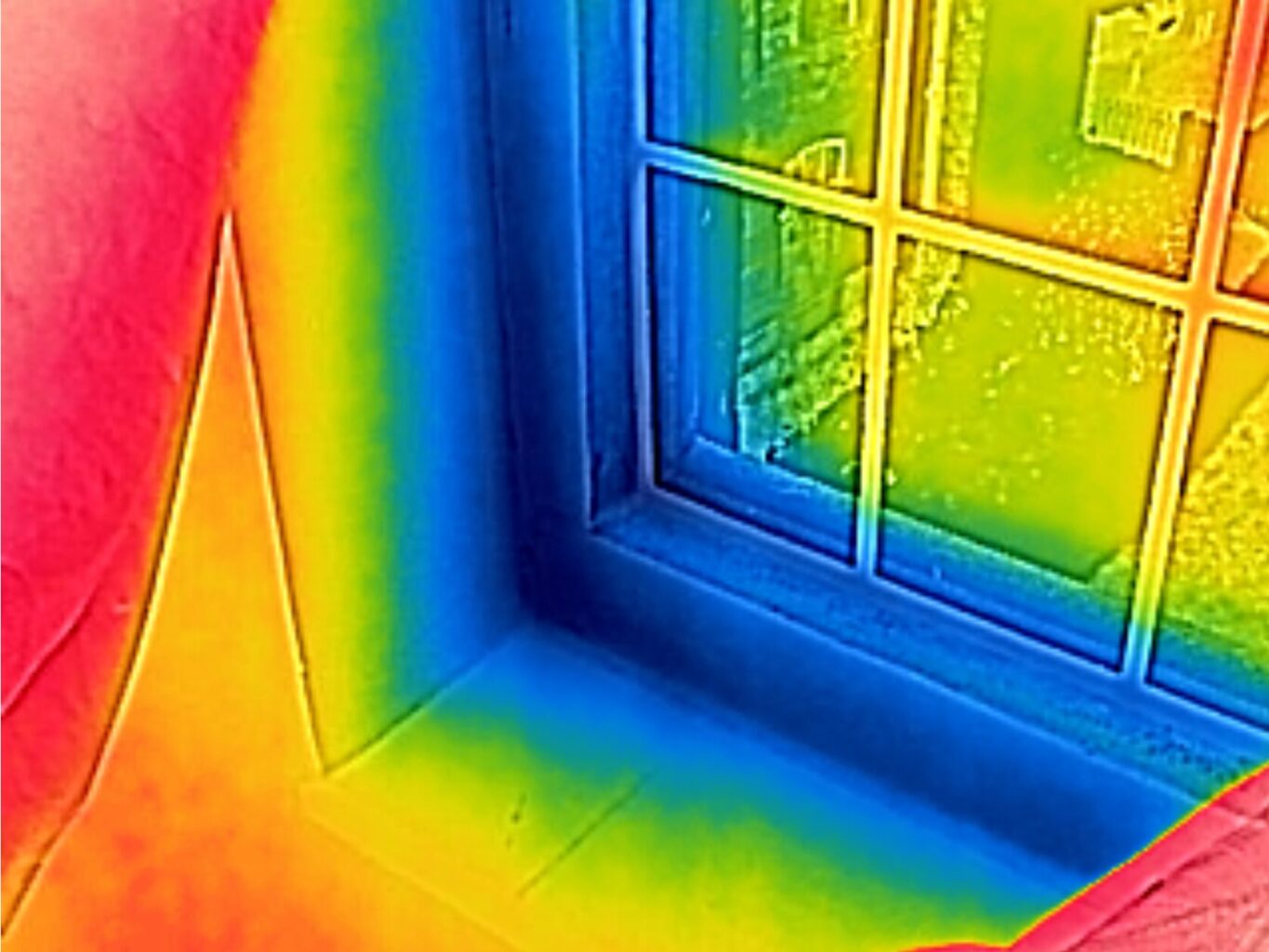

Building thermography surveys, also known as thermal imaging or infrared inspections, are non-invasive diagnostic techniques that use infrared cameras to detect thermal energy emitted from an object’s surface. This technology allows for the visualisation of temperature variations, which can be indicative of potential issues within a building’s structure. These issues may include heat loss, moisture intrusion, electrical faults, and insulation deficiencies, among others.
Thermography surveys are a powerful tool in the property maintenance and building industry, providing a comprehensive picture of a building’s thermal performance. They are typically conducted by trained professional thermographers who interpret the thermal images and provide detailed reports on the findings. These reports can then be used to identify areas of concern and prioritise remedial actions.
The use of thermography in building surveys is not a new concept. However, with the increasing focus on energy efficiency and sustainability, its importance has been magnified. It has been estimated that buildings account for about 40% of the nation’s total energy consumption. Therefore, improving the energy efficiency of buildings can significantly reduce overall energy use and associated carbon emissions.
The Role of Thermography in Enhancing Energy Efficiency
Thermography plays a crucial role in enhancing energy efficiency by identifying areas of energy loss within a building. By visualising temperature variations, it can pinpoint areas where insulation is lacking or where air leakage is occurring. These are areas where heated or cooled air can escape, leading to increased energy use and higher utility bills.
In addition to identifying areas of energy loss, thermography can also detect potential sources of energy waste. For example, it can identify overloading of electrical equipment, which poses a safety risk. By addressing these issues, building owners can reduce their energy consumption and save on utility costs.
Furthermore, thermography can help verify the performance of energy-efficient features. For instance, it can confirm whether a newly installed insulation system is performing as expected or whether a solar panel installation is operating at its maximum capacity without cell faults. This can ensure that investments in energy-efficient technologies are delivering the expected returns.
The Process and Benefits of Conducting a Building Thermography Survey
The process of conducting a building thermography survey involves several steps. First, a trained thermographer uses an infrared camera to scan the building, capturing thermal images of various areas. These images are then analysed to identify temperature variations that may indicate potential issues. Finally, a detailed report is prepared, outlining the findings and recommending remedial actions.
Conducting a thermography survey offers numerous benefits. First and foremost, it can lead to significant energy savings. According to a study by the National Institute of Building Sciences, for every pound spent on energy efficiency measures, building owners can expect to save £4 on energy costs over the life of the building.
Moreover, thermography surveys can improve occupant comfort by identifying and addressing issues such as drafts and cold spots. They can also enhance building durability by detecting moisture intrusion, which can lead to structural damage and mould over time. Finally, they can contribute to sustainability efforts by reducing a building’s carbon footprint.
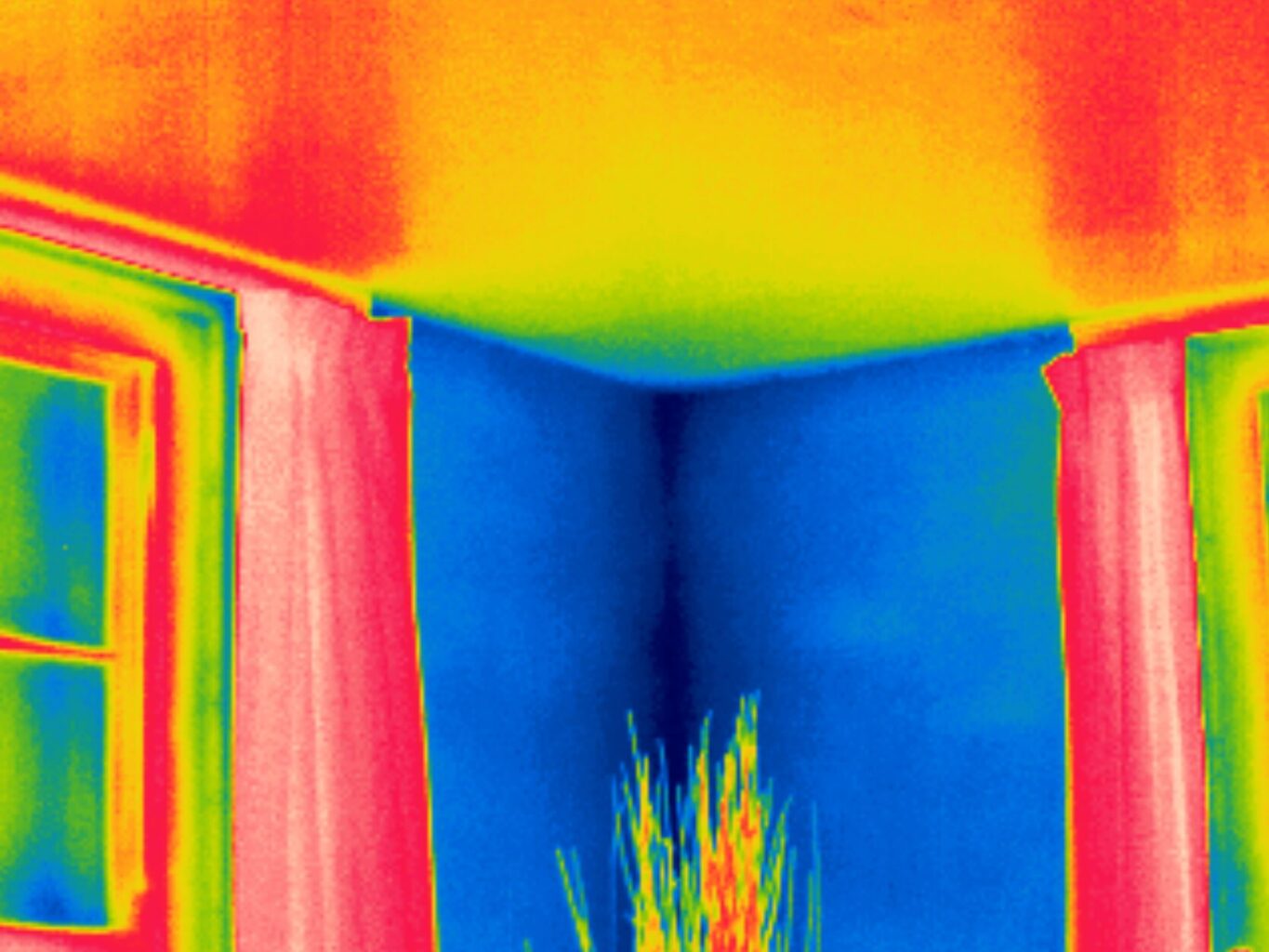
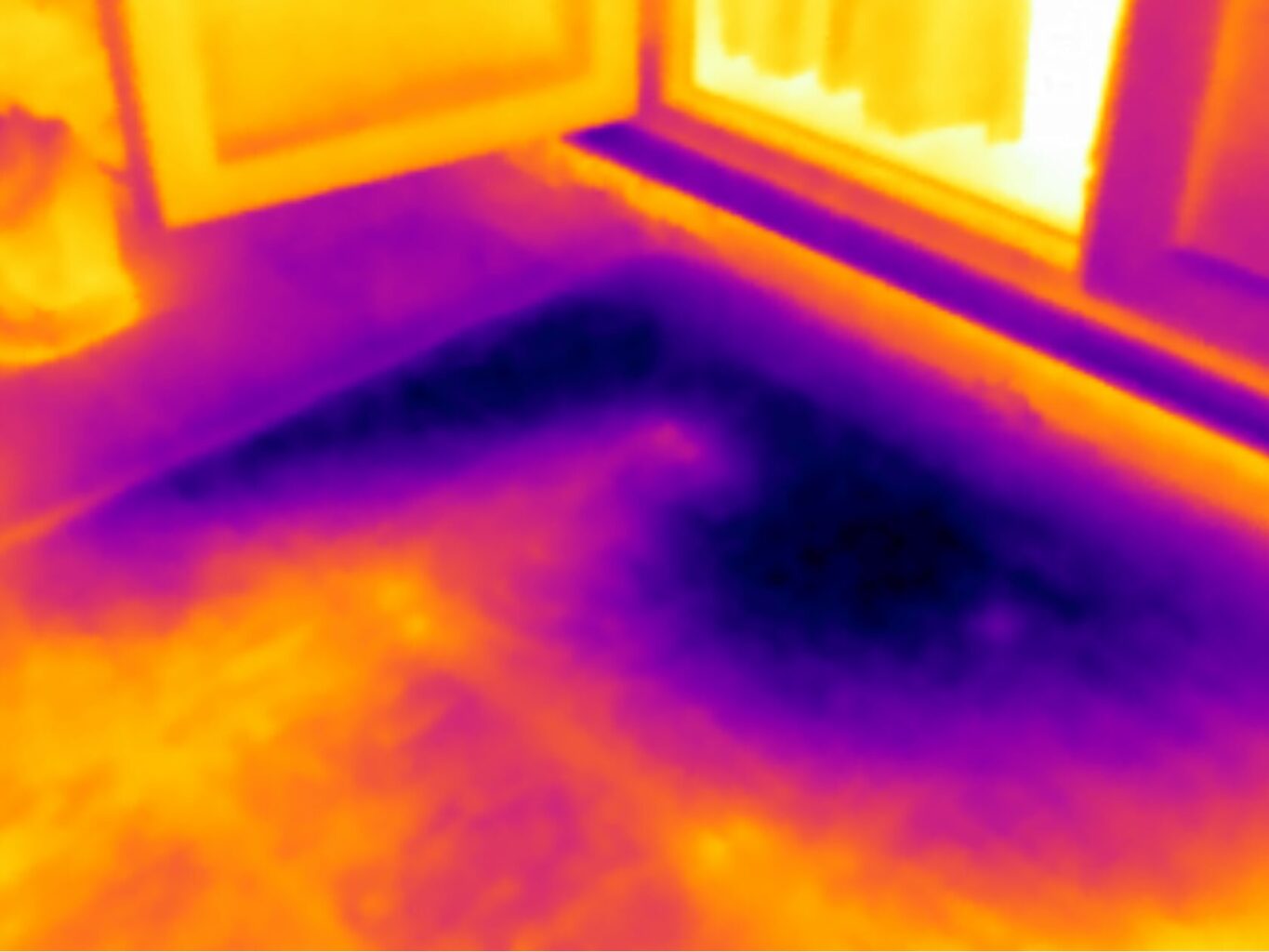
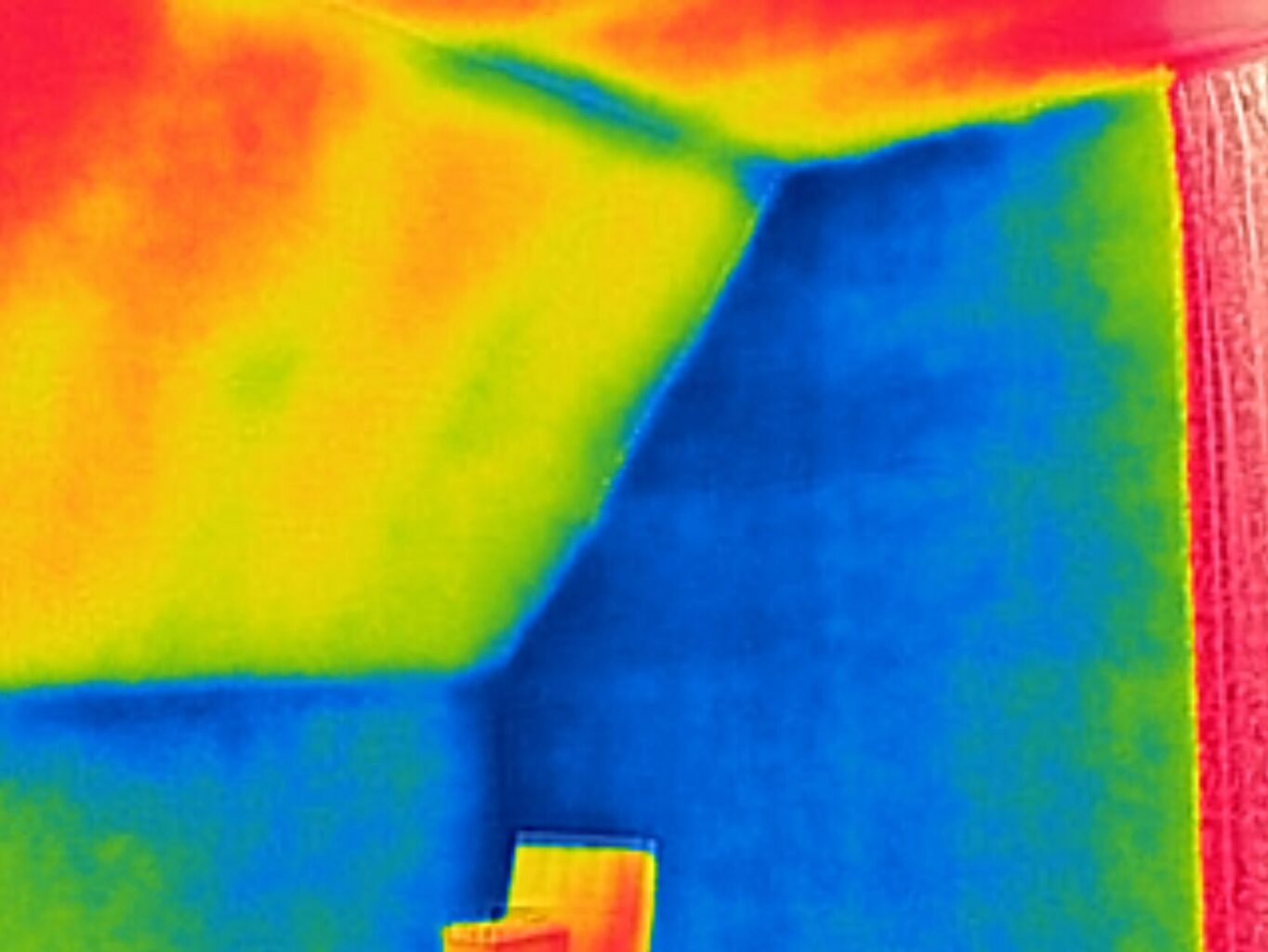
Real-world Examples of Energy Savings through Thermography Surveys
There are numerous real-world examples of energy savings achieved through thermography surveys. For instance, a study conducted by the New York State Energy Research and Development Authority found that thermography inspections of residential buildings resulted in an average energy savings of 15%.
In another example, a commercial building used thermography to identify and address air leakage issues, resulting in a 20% reduction in heating and cooling costs. Similarly, a school used thermography to detect and repair insulation deficiencies in several of its buildings, leading to signficant estimated annual energy savings in the £100ks.
These examples underscore the power of building thermography surveys in unlocking energy efficiency. As Albert Einstein once said, “We can’t solve problems by using the same kind of thinking we used when we created them.” Thermography offers a new way of thinking about and addressing energy efficiency, providing a clear path towards a more sustainable future.
Building Surveys using Thermography
We are experienced and Certified Master Thermographer Level 3. We work boith from the air using specialist thermal drone technology as well as on the ground using traditional building thermal imaging techiques to inspect commericla and domestic properties.
Thermography is a non-destructive and non-invasive technology looking at the anomolies, faults and observations covering moisture, water ingress, insulation continuity, heat loss, air leakage, thermal bridging and insect infiltration.
Expert Infrared Inspections for Accurate Thermal Assessments
Need professional thermographic analysis for your project? Our certified experts use the latest infrared technology to deliver precise results. Contact Drone Media Imaging today for expert thermal imaging services.
related posts
Thermal inspections can help domestic solar panel owners detect issues early, preventing costly repairs. These inspections identify hotspots, indicating potential problems like loose connections or damaged cells. By addressing these issues promptly, owners can ensure optimal performance and longevity of their solar panels, maximizing their return on investment.
Trained and Certified in Aerial Thermography
Drone Media Imaging use trained and certified thermographers to deliver thermographic services and inspections across many domestic, industrial and commercial sectors throughout the UK. Whether it is solar photovoltaic panel inspection in accordance with IEC 62446-3:2017 and BS EN ISO 62446-1:2016 or fire detection and management in disasters zones or underground landfill fires, Drone Media Imaging can deploy across the UK quickly, efficiently and with the right experience.
Aerial Thermography Category 2 Thermography certification to category level 2 focuses on radiometric temperature measurement analysis and the benefits of obtaining precise temperature data from challenging environments for diagnosing and reporting purposes. Whether for qualitative evaluation or quantitative evaluation our report and diagnosis analysis provide you with answers following a non-destructive inspection format from the air via UAV drones equipped with the latest technology. Drone Media Imaging is a small but unique drone operations company specialising in airborne thermal imaging across the UK. Our certification and experience when paired with our CAA enhanced OSC permissions, means we are more than capable of performing any aerial thermal imaging job however challenging. As level 2 thermographers we dive into the fundamental principles of surface emissivity, reflected temperature correction, spatial and measurement resolutions, and as a result providing clients with accurate data reporting that can be trusted.
Aerial Thermal Imaging Infrared Cameras Thermal Imaging cameras capture the reflected radiation from a surface or heat source and convert the recorded temperatures to an image map for analysis. This unique worldview provides numerous advantageous and cost-effective non-destructive options for commercial and residential needs. Aerial thermal cameras of the highest quality provide non-contact temperature measurements in difficult to reach locations that cannot be observe from the ground. As is the case with all drone inspections, the hazards connected with operating at a height are minimised as is the potential of inflicting damage to the structure during the inspection procedure.
Case Study – Explosion at a Grain Store Port of Tilbury London Following an explosion at the Port of Tilbury London grain store in July 2020, Drone Media Imaging were hired to provide aerial thermal data support to emergency service gold commanders and the senior management for the grain store. Flying thermographic data collection missions, hourly, daily, and weekly for over 13 months from the initial explosion and subsequent silo fires, we provided important thermal data reports as the fire developed, enabling the fire management strategy to be accurately measured over time. Comprehensive reports, thermal imaging, RGB photography, and video pictures were used to provide the information essential to effectively manage the problem until the building was destroyed in 2020.

